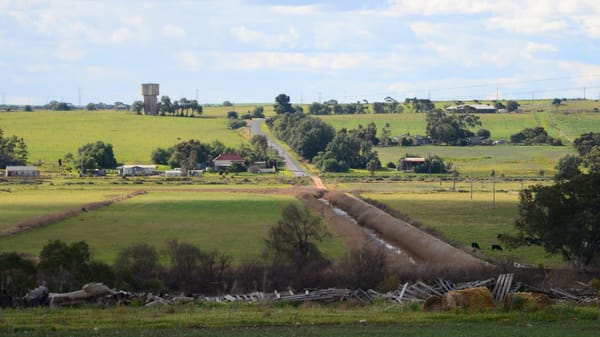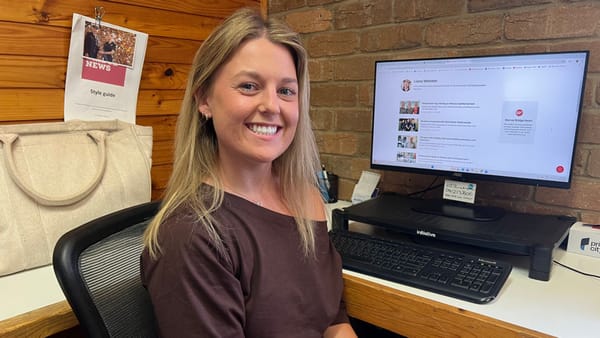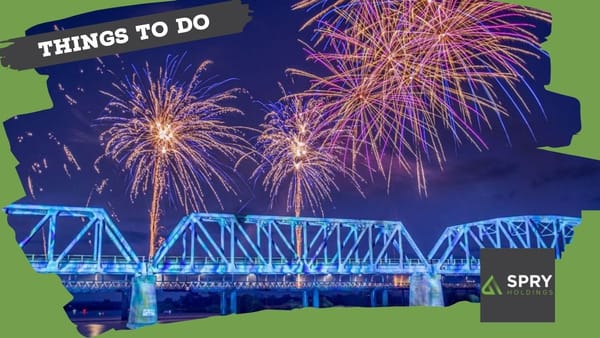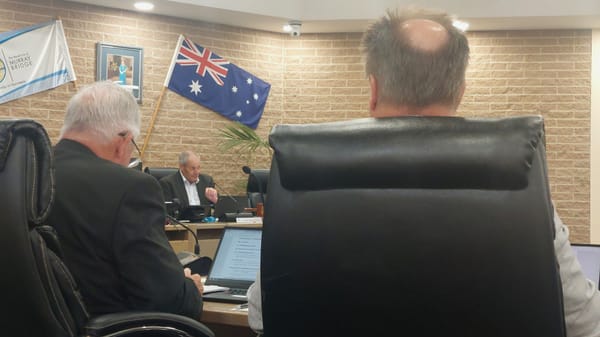Murray Bridge’s reputation is out of date, so how do we change it?
The river city is in need of a new identity if it is to shake its “meth town” label, local marketing experts say.
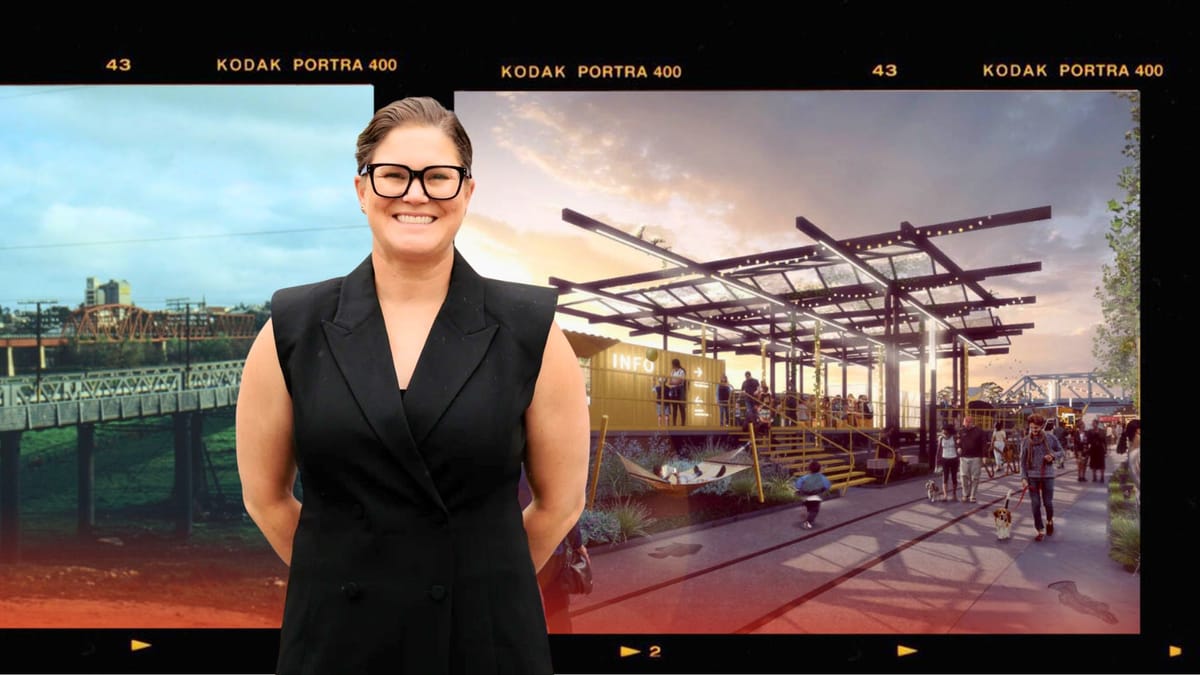
This story is now free to read. Help Murray Bridge News tell more stories like this by subscribing today.
Murray Bridge has a reputation problem.
Over the years, the city at the heart of the Murraylands has been called a lot of things: a “s***hole”, the “meth capital of Australia”, a “town so bad that crims move on”.
It has been known as a drug town, or a prison town, or a public housing town.
Even positive stories, like the arrival of an ice cream factory, have been couched in negative language: “meth city to boom town”, suggested a story in Adelaide’s newspaper this July.
Locals have seen significant improvements in the community over the past decade, from the beautification of town entrances to upgrades along the riverfront, accompanied by efforts behind the scenes to fix social problems.
But outsiders’ perceptions of Murray Bridge have not yet caught up to the reality.
A typical response from visitors introduced to the city’s growth plans, at Gifford Hill and elsewhere, is “I didn’t realise”.
Short of taking all 1.9 million South Australians on a bus tour, though: how can Murray Bridge show the rest of the state that the river city isn’t what it used to be?
For an answer, Murray Bridge News sought the advice of some leading local experts in marketing and branding, and put their ideas to the CEO of the local council.
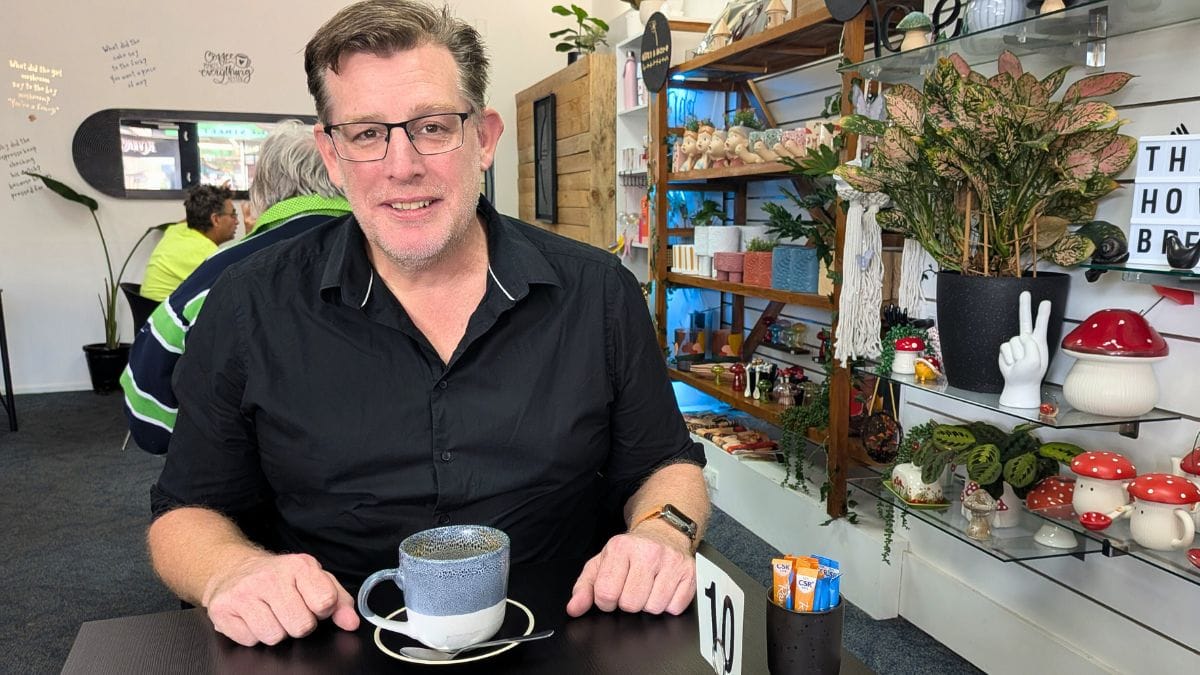
James Trebilcock, a freelance communications consultant based at Rockleigh, describes himself as a “minister of chaos” who engages audiences and influences behaviour.
He suggested that people’s outdated perceptions had hung around because Murray Bridge lacked a “shared vision” of its future.
“It’s like every part of Murray Bridge is speaking a different language,” he said.
“We can’t tell a powerful story if we’re all telling different ones.
“Without a shared vision, we risk pulling in opposite directions.”
He argued that a whole-of-community effort, probably led by the Murray Bridge council, was needed to determine what that vision should be.
That effort would need to be backed by major employers, on the same scale as the award-winning Imagine Your Rural City campaign of 15 years ago.
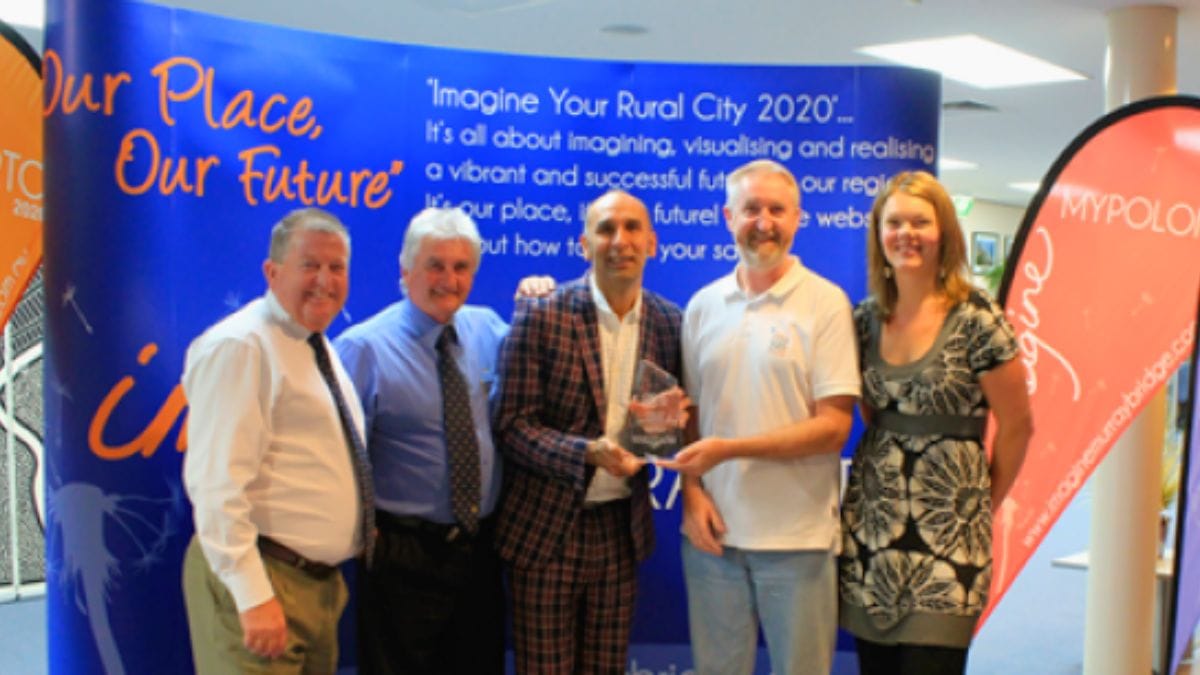
It might include:
- Research into how Murray Bridge is perceived, locally and around SA
- Identification of a target audience: political and business leaders, potential residents and/or locals
- Development of a plan and a brand
- Testing to see whether the brand resonated with the target audience
- Clear communication, including a commitment to advertising in Adelaide
- Tracking progress
The council’s current marketing tag lines, “thriving communities” and “make it yours”, were too generic, he said – they could apply to any community.
What was truly unique about Murray Bridge?
We needed to figure that out.
“The label of ‘meth capital’ may be loud, but it’s lazy,” he said.
“It ignores the real story unfolding here in Murray Bridge: a community united, investing in its future, and ready to shine.
“Let’s not waste our energy fighting the slander; let’s focus instead on showing the world what Murray Bridge truly is – and what it’s becoming.”
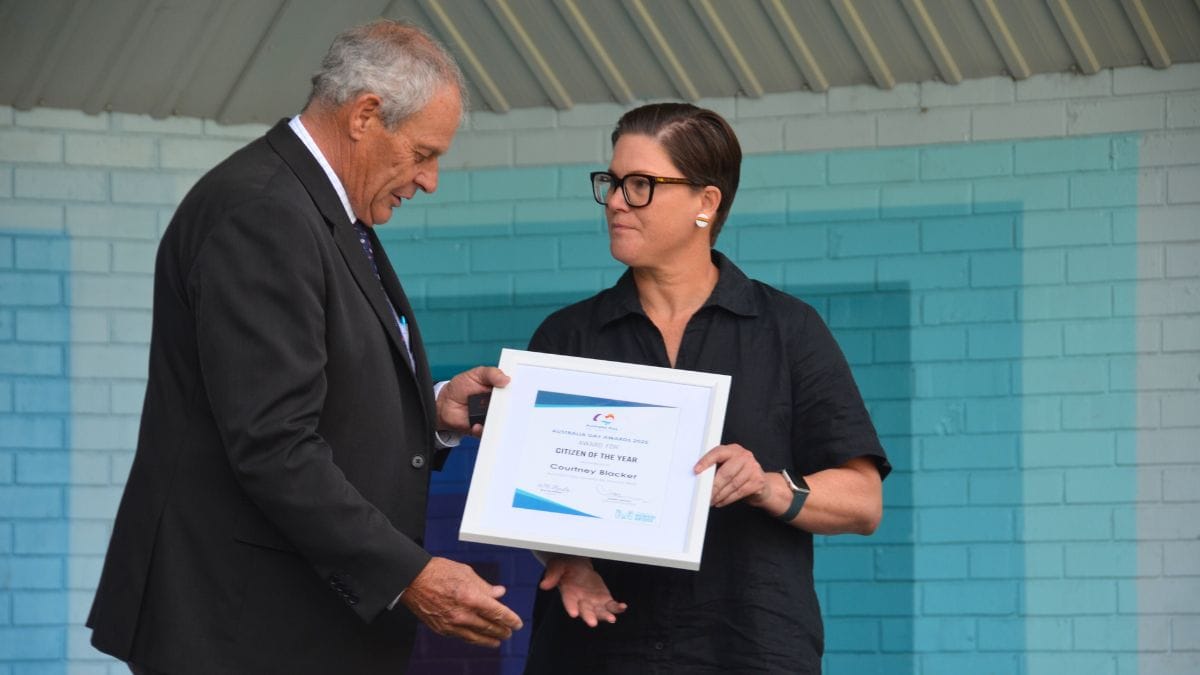
Courtney Blacker, founder of award-winning local PR agency Commshake – and Murray Bridge’s reigning citizen of the year – warned that any effort to re-brand the city would be be a marathon, not a sprint.
Replacing people’s mental image of Murray Bridge with another image – kids playing on the riverfront, for example – would take time and repeated exposure to marketing.
“Shaking off an old reputation, especially something that has been drilled by the media for so long, takes a long time,” she said.
“It takes more than just some words and pictures; it also takes policy change, and to do that you need remarkable leadership over a long term.”
It would also take an “enormous” investment in marketing and storytelling by the council, state government and/or major businesses over a number of years – “thousands and potentially millions of dollars”.
Making that investment in the middle of a drought and a housing crisis would be a brave move, she suggested.
The good news was that plenty of work had been done to improve the community’s physical appearance over the past 20 years.
But there was still more to do.
Murray Bridge needed to find its “thing”.
“For Murray Bridge to shake this media narrative around it being a ‘meth capital’, we have to become something else,” she said.
“The issue with that is our region is, in a positive sense, very diverse … we’re not Coffin Bay with oysters, we’re not Adelaide with festivals, we’re a bit of everything.
“So the challenge (is) working out what we are and sticking to it.”
Council marketing efforts target decision-makers
The Murray Bridge council has already invested heavily in marketing over the past decade, including its landmark “Murray Bridge: Make it yours” campaign, conceived in partnership with Adelaide production company Redbikini and launched in 2019.
Redbikini, now Adelaide Film Works, has since claimed partial credit for helping to attract “more than $1 billion in investment” to the region.
Council CEO Heather Barclay said the organisation’s recent efforts to reach decision-makers in government and business circles had been highly successful.
“What we try to do is highlight things that are special in the media, or on LinkedIn where professional people look at what’s going on,” she said.
However, she acknowledged that efforts to reach a broader audience had fallen short at times – or, in her words, “we’re building maturity in that space”.
For example, Reinventing Murray Bridge, a half-hour documentary film intended to be shown on commercial television, had wound up on YouTube instead and had been viewed fewer than 1000 times in a year.
Over the next 12 months, she said, the council would:
- Create a new communications strategy
- Develop a new community engagement framework
- Do more strategic planning around communications and marketing
Local media would also continue to play an important role in creating an image of the community, she said.
But the most impactful thing the council could do wasn’t marketing – it was improving Murray Bridge’s physical appearance, with projects like the Adelaide Road revamp.
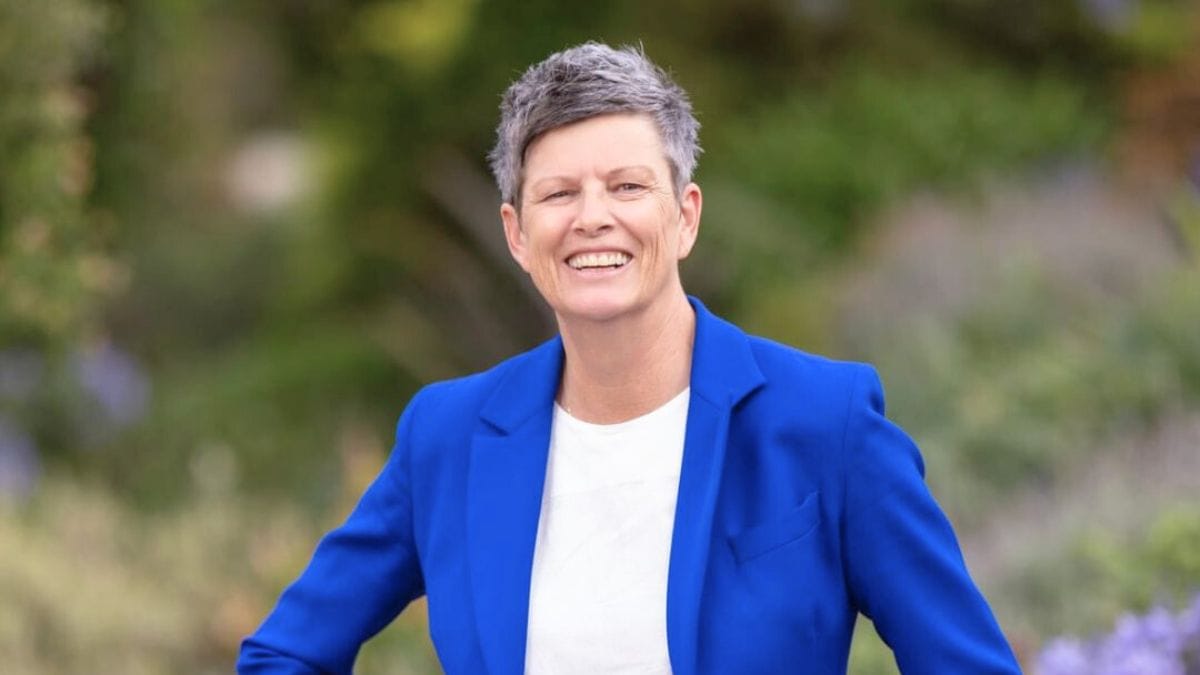
Given how much the community had changed in recent years, she described it as frustrating that the occasional newspaper headline still referred to Murray Bridge as a “meth capital”.
“It’s easy for people to hold onto a perception from the past that’s no longer factual,” she said.
“If you take the time to look us up, look at the facts and visit us, you’d realise what a fantastic city this is.
“The mayor and I … talk constantly about what Murray Bridge has to offer, what a great place it is to invest, how people can have great wellbeing and lifestyle.
“The more we’re in The Advertiser for the good things, the more people will recognise us as a very accessible place to live.”
- Read more: ‘Meth capital’ slander has got to stop
- Read more: Not just meth, and not just Murray Bridge: Drug use is a problem everywhere


